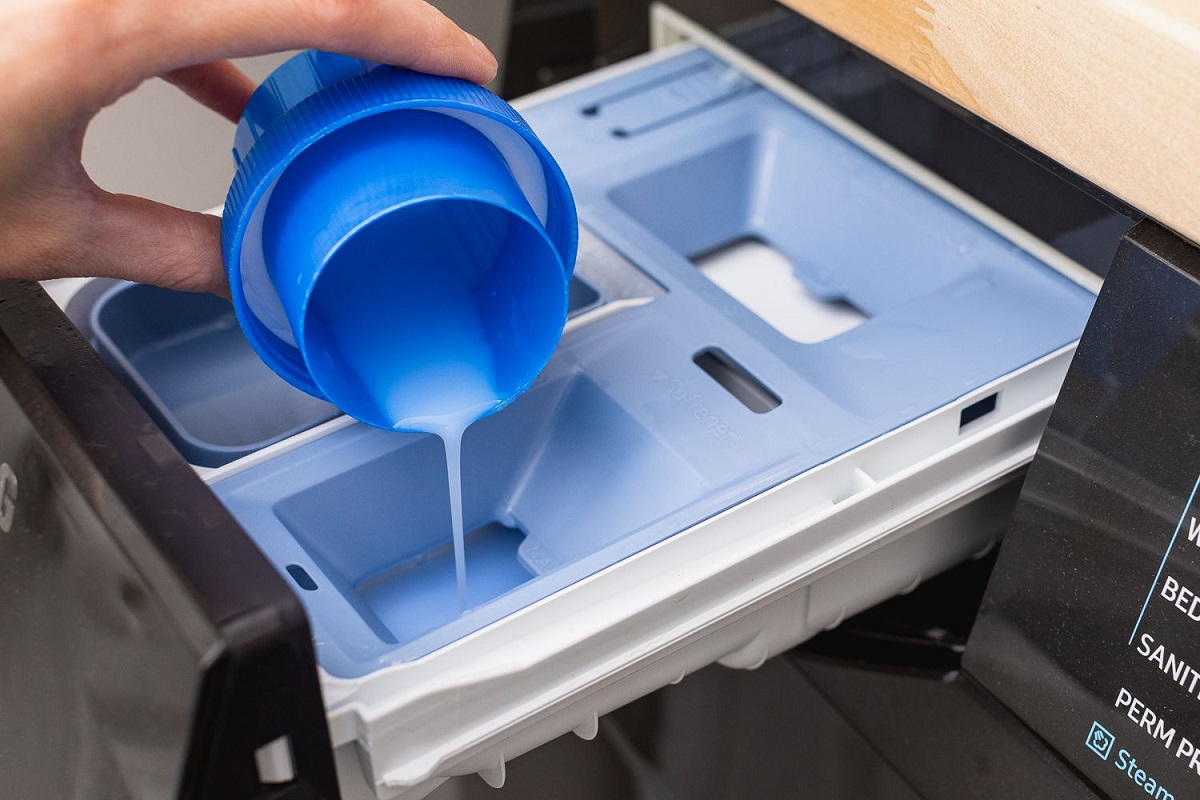

Articles
When Do You Add Fabric Softener To The Washer
Modified: January 6, 2024
Discover the best time to add fabric softener to your washing machine with our informative articles. Achieve soft and fragrant laundry every time.
(Many of the links in this article redirect to a specific reviewed product. Your purchase of these products through affiliate links helps to generate commission for Storables.com, at no extra cost. Learn more)
Introduction
When it comes to doing laundry, we all want our clothes to not only be clean but also soft and comfortable to wear. That’s where fabric softener comes in. Fabric softener is a popular laundry product that helps to soften fabrics, reduce wrinkles, and leave a pleasant scent on your clothes.
In this article, we will delve into the world of fabric softeners and discuss the best practices for adding them to the washer. We will explore the benefits of using fabric softener, the different types available, and when to add fabric softener to the washing process. So, if you’re curious about how to achieve that luxuriously soft feel for your garments, keep reading to find out more!
Key Takeaways:
- Adding fabric softener during the rinse cycle ensures optimal absorption, providing softness and fragrance without interference from detergent. Follow specific instructions for best results and avoid common mistakes for effective fabric softening.
- Alternative methods like vinegar, baking soda, dryer balls, and air drying offer natural and effective ways to soften clothes without fabric softener. Experiment with these options to find the best fit for your laundry needs.
Benefits of Using Fabric Softener
Using fabric softener in your laundry routine offers a plethora of benefits that go beyond just making your clothes feel soft. Here are some key advantages of using fabric softener:
- Softens Fabrics: The primary benefit of fabric softener is that it helps to soften fabrics, making them feel smooth and comfortable against your skin. This is especially beneficial for towels, bedding, and clothing items that come in direct contact with your body.
- Reduces Wrinkles: Fabric softeners contain ingredients that help to relax the fibers in your clothes, reducing the appearance of wrinkles. This means less time spent ironing, and more time enjoying your freshly laundered garments.
- Enhances Scent: Fabric softeners come in a variety of fragrances, allowing you to add a pleasant scent to your clothes. Whether you prefer floral, fruity, or clean scents, fabric softeners can leave your garments smelling fresh and delightful.
- Static Control: One of the most annoying problems with laundry is static cling. Fabric softeners contain ingredients that help to reduce static electricity, preventing your clothes from sticking to each other or to you.
- Easier Ironing: Fabric softeners can make ironing easier by reducing wrinkles and making the fabric more pliable. This not only saves time and effort but also helps to preserve the life of your clothes by minimizing the stress caused by excessive ironing.
- Long-lasting Freshness: The scent of fabric softener can linger on your clothes even after they have been stored away. This means that when you take out your favorite sweater or bed linens, they will still smell pleasantly fresh.
With these benefits in mind, it’s clear that using fabric softener can enhance the overall laundry experience and provide you with softer, more comfortable clothes that retain their freshness. Now, let’s move on to understanding fabric softener in more detail.
Understanding Fabric Softener
To fully appreciate the benefits of fabric softener, it’s important to understand how it works. Fabric softeners are typically liquid products that are designed to be added to the washing machine during the rinse cycle. They contain a combination of ingredients that coat the fibers of the fabric, resulting in softer and more manageable textiles. Here are some key components of fabric softeners:
- Cationic Surfactants: Cationic surfactants are the main active agents in fabric softeners. These positively charged molecules are attracted to the negatively charged fibers of the fabric. They help reduce static, improve fabric softness, and enhance fabric flexibility.
- Fragrances: Fabric softeners often contain fragrance ingredients to add a delightful scent to your clothes. These fragrances can range from floral and fruity to clean and refreshing, allowing you to personalize the aroma of your garments.
- Emulsifiers: Emulsifiers in fabric softeners help to ensure that the ingredients are well blended and evenly distributed throughout the product. This helps to provide consistent softness and fragrance to your clothes.
- Solvents: Solvents are used in fabric softeners to dissolve and disperse the other ingredients evenly. They also aid in the quick and effective application of the softening agents to the fabric.
- Antistatic Agents: Fabric softeners contain antistatic agents that help to neutralize the buildup of static electricity in clothes. These agents prevent fabrics from clinging together or sticking to your skin, reducing the annoyance of static cling.
- Preservatives: Fabric softeners may also contain preservatives to ensure that the product remains effective and safe to use for an extended period. These preservatives help to prevent the growth of bacteria and fungi, maintaining the quality of the fabric softener.
It’s important to note that while fabric softeners provide numerous benefits, some people may have sensitivities or allergies to certain fragrance ingredients or other components. If you have sensitive skin or respiratory issues, it’s advisable to opt for hypoallergenic or fragrance-free fabric softeners, or to perform a patch test before using a new product.
Now that we have a better understanding of fabric softeners, let’s explore the different types available in the next section.
Different Types of Fabric Softener
Fabric softeners come in various forms, allowing you to choose the option that best suits your preferences and laundry routine. Here are some of the most common types of fabric softeners:
- Liquid Fabric Softener: Liquid fabric softeners are the most popular and widely available option. They come in liquid form and are typically added to the washing machine during the rinse cycle. Liquid fabric softeners are effective in softening fabrics, reducing static, and adding a pleasant scent to your clothes.
- Dryer Sheets: Dryer sheets are another commonly used form of fabric softener. These sheets are impregnated with fabric softening agents and are placed in the dryer along with your clothes. As the dryer heats up, the heat activates the softening agents, transferring them onto the fabric to provide softness, reduce static, and impart a fresh scent. Dryer sheets are convenient to use and eliminate the need for liquid fabric softeners, making them a popular choice for those who prefer simplicity.
- Fabric Softener Pods: Fabric softener pods or capsules are pre-measured, single-use pods that contain a concentrated amount of fabric softener. These pods are placed directly into the washing machine drum before starting the wash cycle. As the water dissolves the pod, the fabric softener is released, providing softness and fragrance to your clothes. Fabric softener pods are convenient and mess-free, ensuring that you use the right amount of softener every time.
- Fragrance Boosters: Fragrance boosters are a relatively newer addition to the fabric softener market. These products are typically in granular or bead form and are added directly to the washing machine drum along with your detergent and fabric softener. Fragrance boosters intensify the scent of your laundry, leaving your clothes smelling extra fresh and fragrant.
- Natural Fabric Softeners: For those who prefer a more eco-friendly approach, natural fabric softeners are a great option. These softeners are made from plant-based ingredients and typically come in liquid form. Natural fabric softeners provide effective softening and static reduction without the use of harsh chemicals or synthetic fragrances.
When choosing a fabric softener, consider your personal preferences, skin sensitivities, and environmental concerns. It’s also worth noting that some washing machines have built-in fabric softener dispensers, making it even more convenient to use liquid fabric softeners.
Now that we have explored the different types of fabric softeners, let’s delve into the question of when to add fabric softener to the washer in the next section.
When to Add Fabric Softener to the Washer
The timing of when to add fabric softener to the washer can impact its effectiveness and the overall softness of your clothes. There are three main methods for adding fabric softener to the washer:
- Method 1: Adding Fabric Softener During the Washing Cycle: This method involves adding fabric softener directly to the washing machine at the start of the wash cycle. Some washing machines have a designated fabric softener dispenser where you can pour the softener. If your machine doesn’t have a dispenser, you can dilute the fabric softener with water and add it manually. Adding fabric softener during the washing cycle allows it to penetrate the fabrics and provide softness from the beginning of the wash process.
- Method 2: Adding Fabric Softener During the Rinse Cycle: Another common method is to add fabric softener during the rinse cycle. This is the preferred method for most users as it ensures that the fabric softener remains on the fabric and doesn’t get washed away during the main wash. Simply pour the recommended amount of fabric softener into the designated dispenser or manually pour it into the washer’s drum during the rinse cycle.
- Method 3: Using a Fabric Softener Dispenser: If your washing machine has a built-in fabric softener dispenser, it’s advisable to utilize this feature. The dispenser will release the fabric softener at the appropriate time during the rinse cycle, ensuring optimal distribution and effectiveness. Check your washing machine’s manual for instructions on how to use the dispenser.
It’s important to follow the specific instructions provided by the fabric softener manufacturer and your washing machine’s guidelines. This will help ensure that you use the correct amount of fabric softener and add it at the right stage of the washing process.
Additionally, consider the fabric type and the level of softness you desire. For heavily soiled or extra absorbent fabrics like towels or bedding, adding fabric softener during the washing cycle can be beneficial. On the other hand, for delicate fabrics or garments with special care instructions, it may be better to add fabric softener during the rinse cycle to minimize any potential damage.
Remember, using too much fabric softener can leave residue on your clothes, so be sure to measure the recommended amount accurately. Using the right amount and adding fabric softener at the appropriate time will help you achieve soft, fresh-smelling clothes without any unwanted buildup.
Now that we’ve covered the various methods of adding fabric softener, let’s address some common mistakes to avoid in the next section.
Read more: Should You Use Fabric Softener On Towels?
Method 1: Adding Fabric Softener During the Washing Cycle
Adding fabric softener during the washing cycle is a popular method that can provide softness and fragrance from the beginning of the wash process. Here’s how you can add fabric softener during the washing cycle:
- Check the instructions on the fabric softener bottle to determine the recommended amount to use.
- If your washing machine has a fabric softener dispenser, locate it. The fabric softener dispenser is usually marked with a flower or a fabric softener icon. It is typically located in the agitator in top-load washers or in the drum in front-load washers.
- Pour the recommended amount of fabric softener into the dispenser. Make sure not to exceed the maximum fill line if there is one.
- If your washing machine doesn’t have a fabric softener dispenser, you can dilute the fabric softener with water before adding it to the washer. Mix the fabric softener with water according to the manufacturer’s instructions.
- Add the diluted fabric softener mixture to the washing machine drum at the start of the wash cycle.
- Proceed with your regular washing machine settings and let the cycle complete.
Adding fabric softener during the washing cycle allows the softening agents to work on the fabric from the beginning. This method can be particularly effective for heavily soiled or absorbent fabrics, such as towels or bedding, as it helps to soften and freshen them throughout the wash process. Additionally, the fragrance of the fabric softener will be released while the clothes are being washed, leaving them smelling pleasant and clean.
Remember to follow the specific instructions provided by the fabric softener manufacturer and your washing machine’s guidelines. This will ensure that you use the correct amount of fabric softener and add it at the right stage of the washing process.
Now that we’ve covered adding fabric softener during the washing cycle, let’s move on to Method 2: Adding Fabric Softener During the Rinse Cycle.
Add fabric softener to the washer during the rinse cycle. This allows the softener to be evenly distributed and effectively coat the fabric, leaving your clothes feeling soft and smelling fresh.
Method 2: Adding Fabric Softener During the Rinse Cycle
Adding fabric softener during the rinse cycle is a commonly used method that allows the fabric softener to be fully absorbed by the clothes without interference from detergent or other laundry additives. This method ensures optimal softness and fragrance. Here’s how you can add fabric softener during the rinse cycle:
- Begin your laundry cycle as usual, adding detergent to the washing machine and loading your clothes.
- Check the fabric softener bottle for the recommended amount to use.
- If your washing machine has a fabric softener dispenser, find it. The fabric softener dispenser is typically marked with a flower or a fabric softener symbol. It can be located in the agitator for top-load washers or in the drum for front-load washers.
- Pour the recommended amount of fabric softener into the dispenser. Ensure that the fabric softener doesn’t go above the maximum fill line, if indicated.
- If your washing machine doesn’t have a fabric softener dispenser, you can manually add fabric softener to the rinse cycle. When the wash cycle completes and the machine enters the rinse cycle, pause the machine and open the lid or door. Pour the fabric softener directly into the rinse water or dilute it with water according to the manufacturer’s instructions, then pour it into the machine drum.
- Resume the washing machine cycle and let it complete.
Adding fabric softener during the rinse cycle allows the softening agents to fully penetrate the fabric without the interference of detergent. This ensures that your clothes are left feeling soft, flexible, and comfortable. The fabric softener also imparts a pleasant scent on the garments during the rinse, leaving them smelling fresh and inviting.
Remember to follow the specific instructions provided by the fabric softener manufacturer and your washing machine’s guidelines. This will ensure that you use the correct amount of fabric softener and add it at the right stage of the rinse cycle.
Now that we’ve covered adding fabric softener during the rinse cycle, let’s move on to Method 3: Using a Fabric Softener Dispenser.
Method 3: Using a Fabric Softener Dispenser
Using a fabric softener dispenser is a convenient and hassle-free method to add fabric softener to your laundry. Many newer washing machines are equipped with built-in fabric softener dispensers that automatically release the fabric softener at the right time during the wash or rinse cycle. Here’s how you can use a fabric softener dispenser:
- Check your washing machine’s manual to locate the fabric softener dispenser. It is usually located in the agitator for top-load washers or in the detergent or softener drawer for front-load washers.
- Fill the fabric softener dispenser with the recommended amount of fabric softener. Most dispensers have markings indicating the maximum fill level, so be careful not to overfill.
- Follow your regular laundry routine by adding detergent and loading your clothes into the washing machine.
- Select the appropriate wash and rinse cycle for your laundry.
- Start the washing machine and let it run. The machine will automatically release the fabric softener from the dispenser at the designated time.
- Allow the washing machine to complete its cycle.
Using a fabric softener dispenser ensures that the softening agents are dispensed at the right time and in the proper proportions, providing optimal softness and fragrance to your clothes. The built-in dispenser eliminates the need for manual intervention and ensures consistent distribution of the fabric softener throughout the load.
If your washing machine doesn’t have a fabric softener dispenser, you can consider purchasing a fabric softener ball or a dispenser ball. These handy accessories can be filled with fabric softener and placed in the washing machine drum. As the machine agitates, the ball releases the fabric softener, providing a similar effect to using a built-in dispenser.
Remember to refer to the fabric softener manufacturer’s instructions and your washing machine’s manual for specific guidance on using a fabric softener dispenser or accessory.
Now that we have covered the three main methods of adding fabric softener to the washer, let’s explore some common mistakes to avoid in the next section.
Common Mistakes When Adding Fabric Softener
While fabric softener is a wonderful addition to your laundry routine, there are some common mistakes that people make when using it. Avoiding these mistakes will help you achieve the best results and maximize the benefits of fabric softener. Here are some common mistakes to avoid:
- Using Too Much Fabric Softener: One of the biggest mistakes is using more fabric softener than recommended. Excess fabric softener can leave residue on your clothes and even cause them to feel greasy. Always measure the recommended amount and follow the instructions provided by the fabric softener manufacturer.
- Adding Fabric Softener Incorrectly: Be sure to add fabric softener at the appropriate time during the wash or rinse cycle. Adding it too early or too late can affect its effectiveness. Follow the instructions of your washing machine and the fabric softener dispenser, if applicable, to ensure proper timing.
- Not Diluting Concentrated Fabric Softener: If you’re using a concentrated fabric softener that requires dilution, ensure that you dilute it properly before adding it to the washer. Failing to dilute concentrated fabric softeners can result in uneven distribution and potential staining on your clothes.
- Overloading the Washing Machine: Overloading the washing machine can prevent the fabric softener from dispersing evenly and reaching all the fabrics. Make sure to follow the recommended load capacity of your washing machine to allow sufficient space for the fabric softener to distribute effectively.
- Not Cleaning the Fabric Softener Dispenser: If your washing machine has a fabric softener dispenser, it’s important to clean it regularly. Over time, fabric softener residue can accumulate and clog the dispenser, leading to inefficient dispensing. Refer to your washing machine’s manual for instructions on how to clean the dispenser.
- Using Fabric Softener on Certain Fabrics: Some fabrics, such as athletic wear or microfiber towels, may not benefit from fabric softener and can even reduce their absorbency. Check the care instructions of your garments and fabrics before using fabric softener to ensure compatibility.
- Ignoring Allergies or Sensitivities: If you or your family members have allergies or sensitivities to certain ingredients in fabric softeners, it’s important to choose hypoallergenic or fragrance-free options. Always patch test new fabric softeners on a small area of your clothes or consult with a healthcare professional if you have concerns.
By avoiding these common mistakes, you can ensure optimum results when using fabric softener and enjoy soft, fresh-smelling clothes with every wash.
Now, let’s explore some alternative ways to soften your clothes without using fabric softener in the next section.
Alternative Ways to Soften Clothes
If you prefer to avoid using fabric softener or are looking for alternative methods to soften your clothes, there are several options available. Here are some alternative ways to achieve soft and comfortable garments:
- Vinegar: White vinegar is a natural and cost-effective alternative to fabric softener. Adding half a cup of white vinegar to the rinse cycle can help to soften fabrics, reduce static cling, and remove any detergent residue. It is suitable for most fabrics and can even help to brighten colors.
- Baking Soda: Baking soda is a versatile household ingredient that can be used to soften clothes. Adding half a cup of baking soda to the wash cycle can help to neutralize odors, remove stains, and naturally soften fabrics. It also works well in combination with vinegar for extra softness and freshness.
- Dryer Balls: Dryer balls are reusable balls made of various materials, such as wool or silicone. They work by agitating the fabrics in the dryer, helping to separate and soften them. Dryer balls can reduce drying time, prevent static cling, and soften clothes without the need for fabric softener.
- Air Drying: Air drying your clothes can naturally soften them. Hanging your clothes outside on a clothesline or drying rack allows them to gently sway in the breeze, which helps to naturally fluff and soften the fibers. This method is especially effective with natural fiber fabrics like cotton and linen.
- Fabric Softener Sheets: Instead of using liquid fabric softener, you can try using fabric softener sheets in the dryer. These sheets are specifically designed to soften clothes, reduce static, and add a pleasant scent. Simply toss a sheet into the dryer with your clothes and let it work its magic.
- Tumble Dry with a Towel: To soften clothes in the dryer without fabric softener, you can add a clean, dry towel to the load. The towel will help to absorb excess moisture, reduce wrinkles, and create friction, resulting in softer clothes.
Experiment with these alternative methods to find the one that works best for you and your laundry needs. You may even discover that a combination of different methods yields the softest results for your clothes.
Always remember to follow the care instructions on your garments and fabric materials when using alternative methods to soften clothes. Some delicate fabrics may require specific handling to maintain their softness and integrity.
Now that we’ve explored alternative ways to soften clothes, let’s wrap up this article in the next section.
Conclusion
Fabric softener is a valuable addition to your laundry routine, offering numerous benefits such as softer fabrics, reduced wrinkles, and a pleasant scent. By understanding fabric softener and the different types available, you can choose the best option for your needs. Knowing when to add fabric softener to the washer and avoiding common mistakes will ensure optimal results.
Adding fabric softener during the washing cycle can provide softness from the beginning, while adding it during the rinse cycle allows for better absorption. Utilizing a fabric softener dispenser offers convenience and ensures even distribution. However, it’s important to follow the specific instructions provided by the fabric softener manufacturer and your washing machine’s guidelines.
If you prefer not to use fabric softener, alternative methods such as vinegar, baking soda, dryer balls, air drying, fabric softener sheets, or tumble drying with a towel can still achieve soft, comfortable garments. Experiment with these methods to find the one that works best for you.
Remember to consider the fabric type, your personal preferences, and any sensitivities or allergies when using fabric softener or alternative methods. Always follow the care instructions provided by your garments to maintain their quality and longevity.
With these insights into fabric softener, you can now embark on your laundry journey, enjoying softer, fresher-smelling clothes that provide ultimate comfort. Happy laundering!
Frequently Asked Questions about When Do You Add Fabric Softener To The Washer
Was this page helpful?
At Storables.com, we guarantee accurate and reliable information. Our content, validated by Expert Board Contributors, is crafted following stringent Editorial Policies. We're committed to providing you with well-researched, expert-backed insights for all your informational needs.
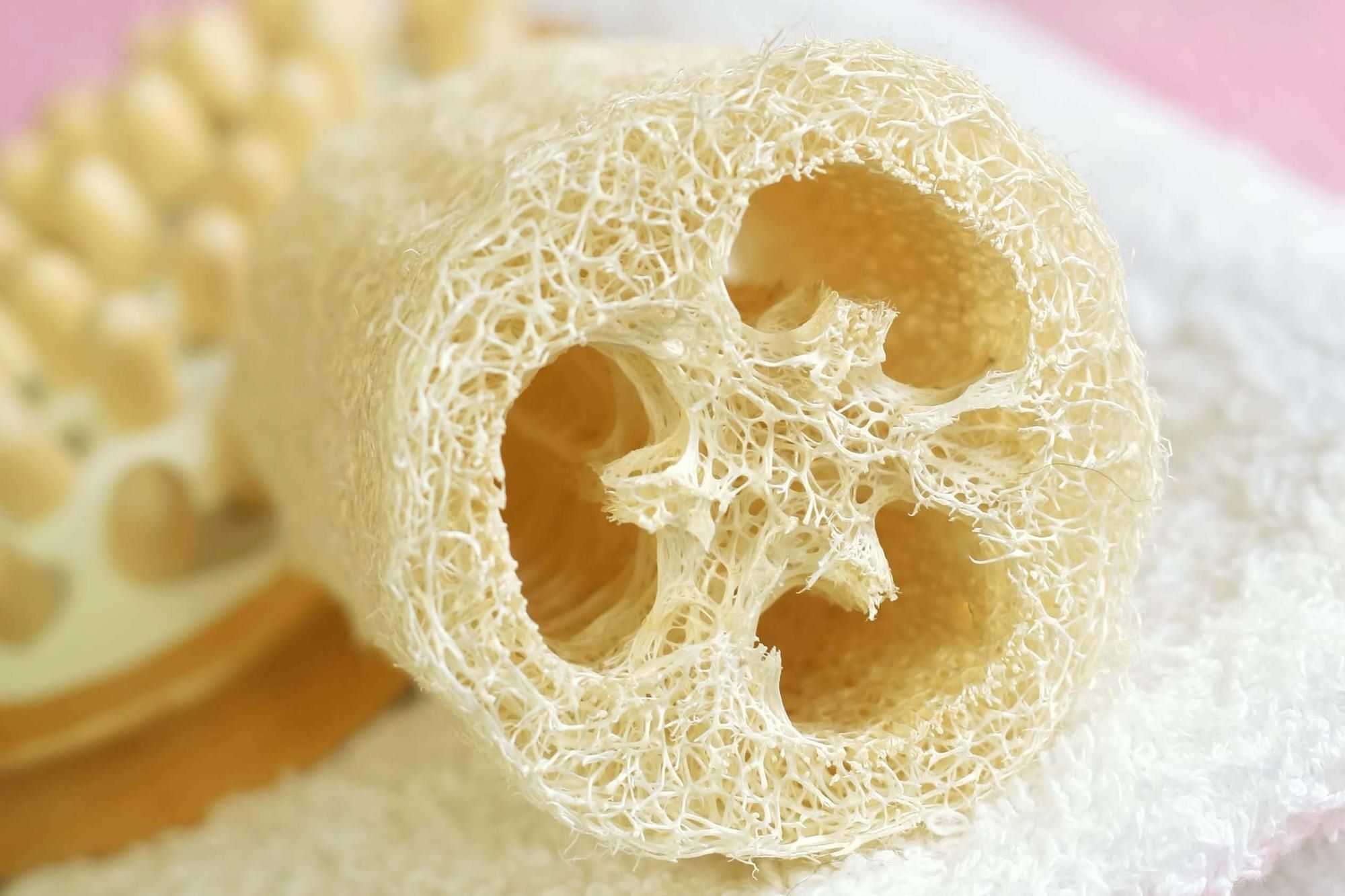
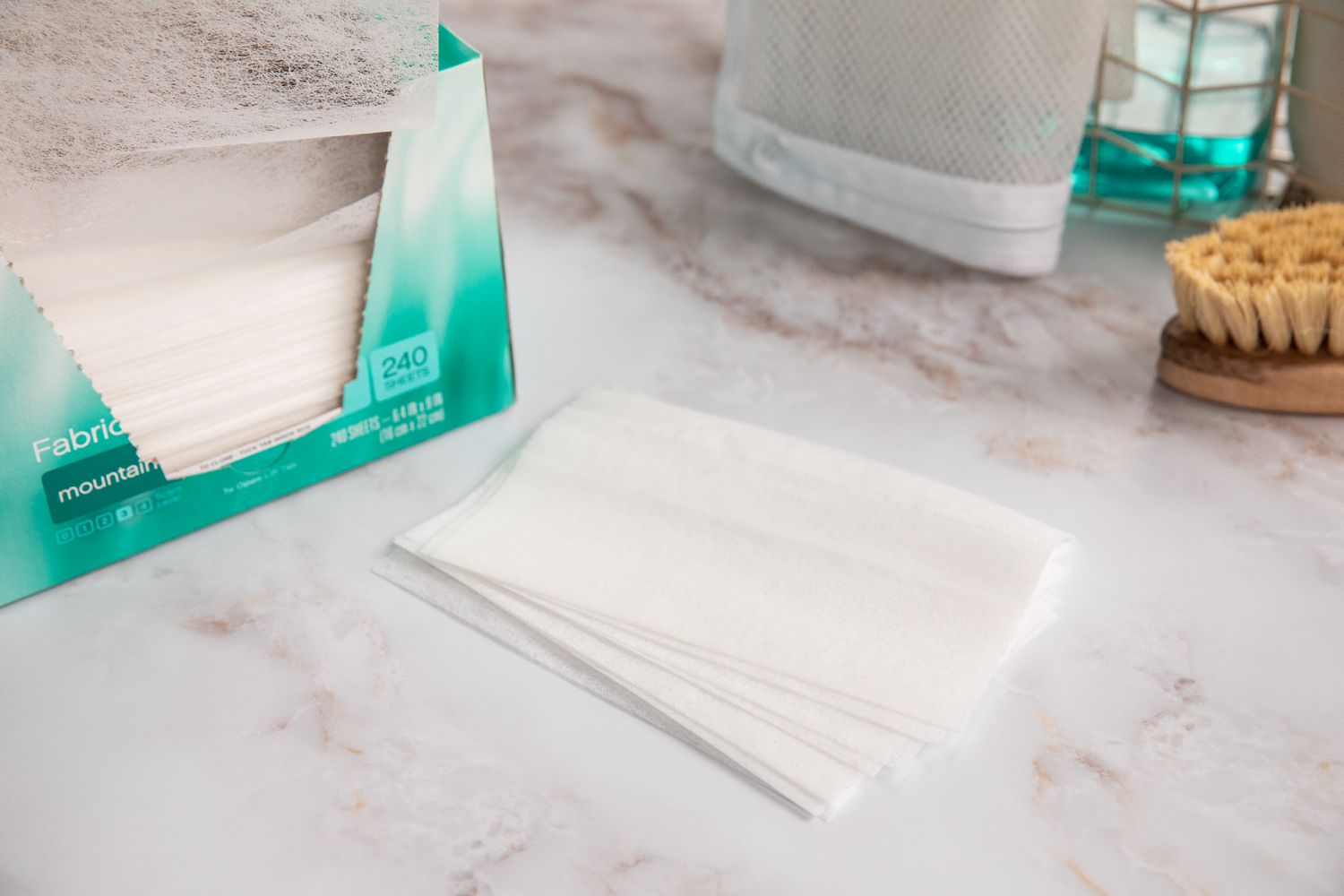
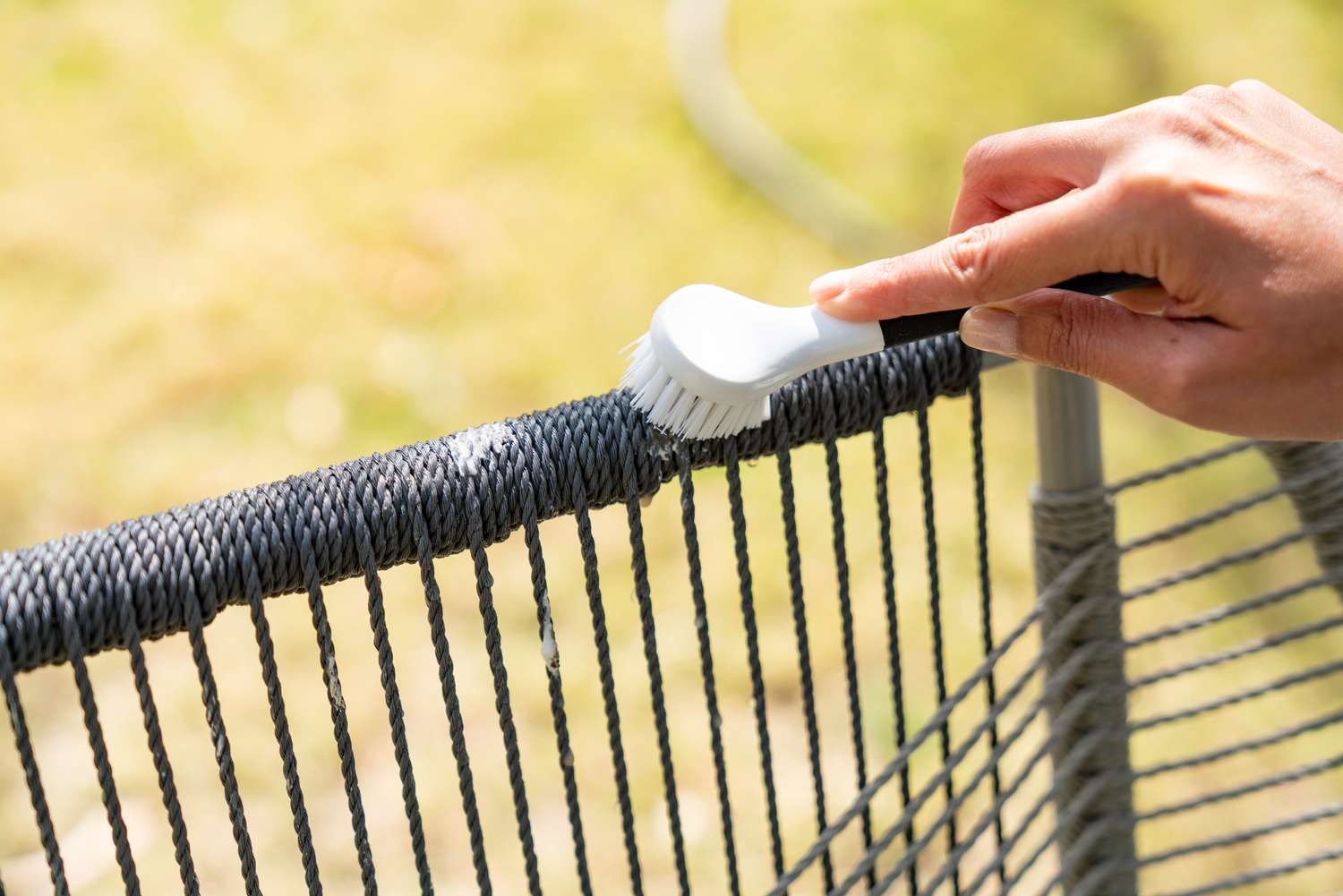
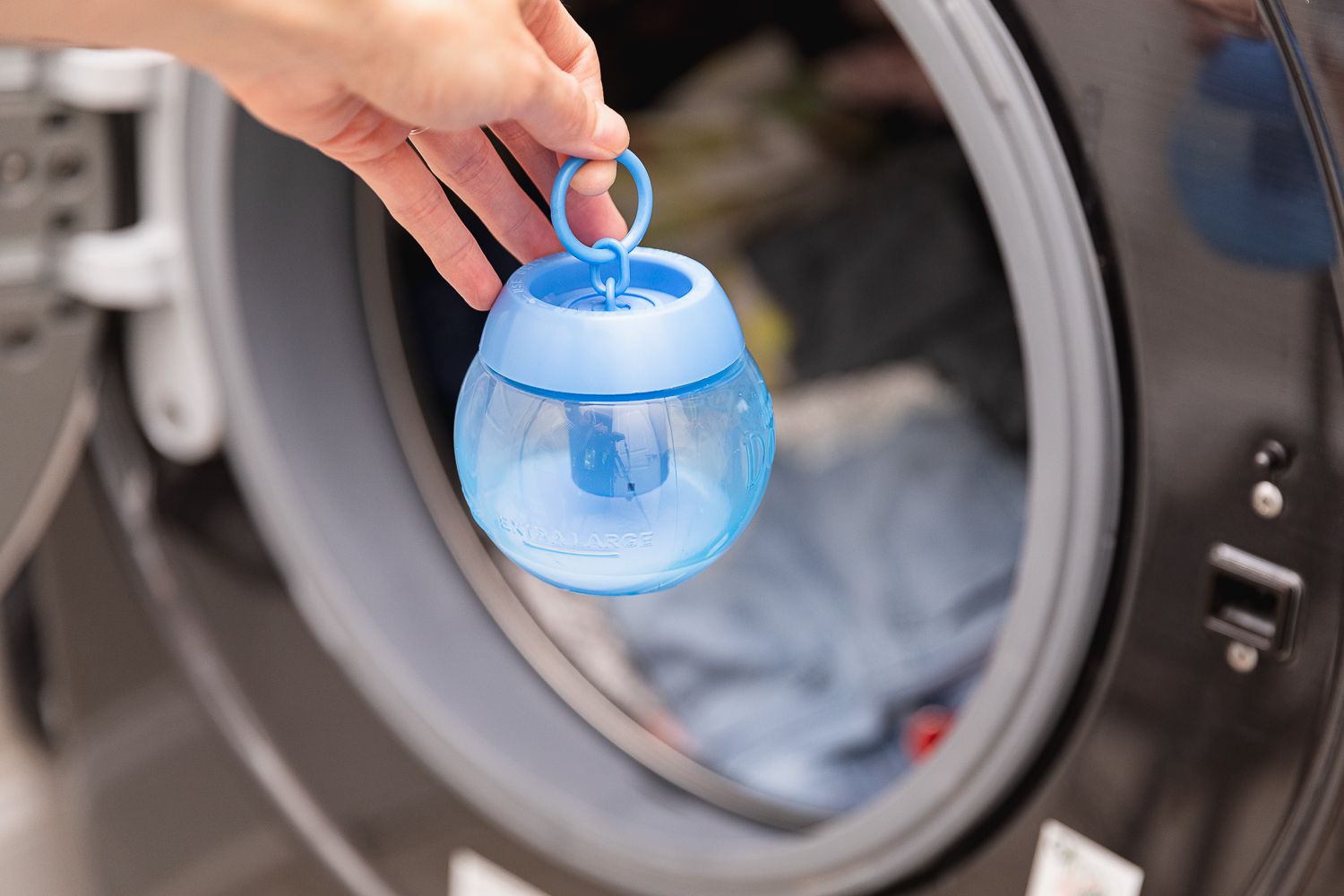
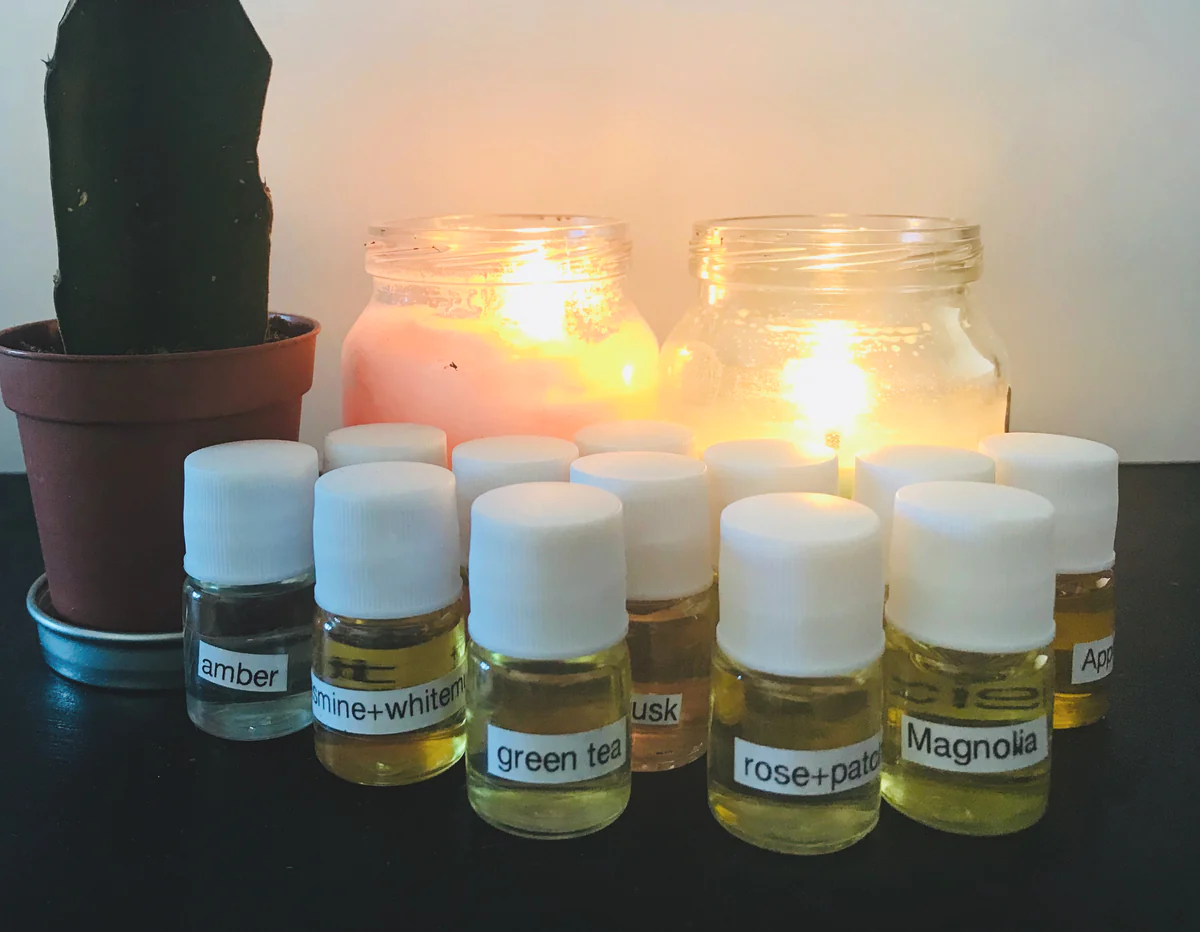





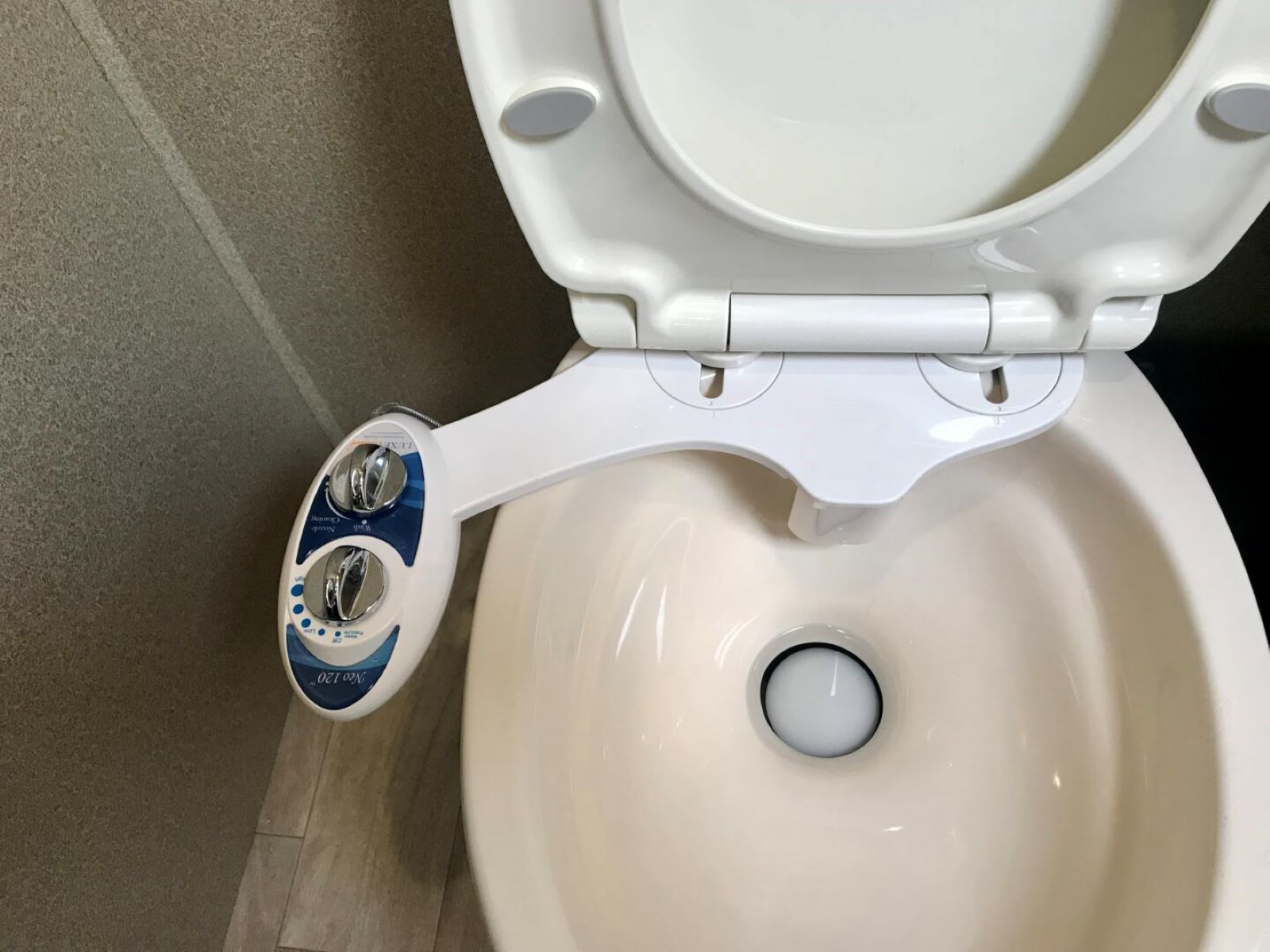
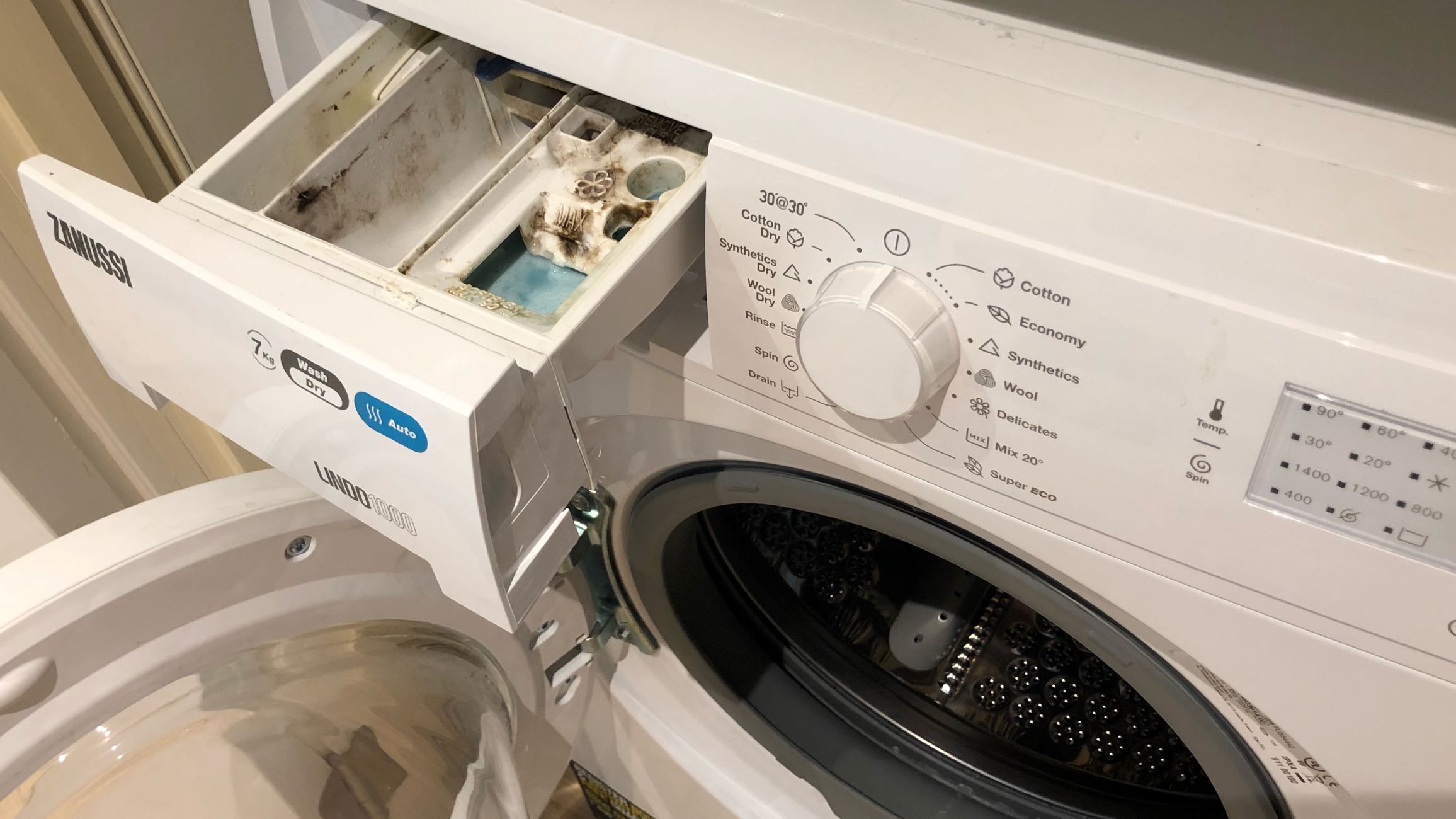
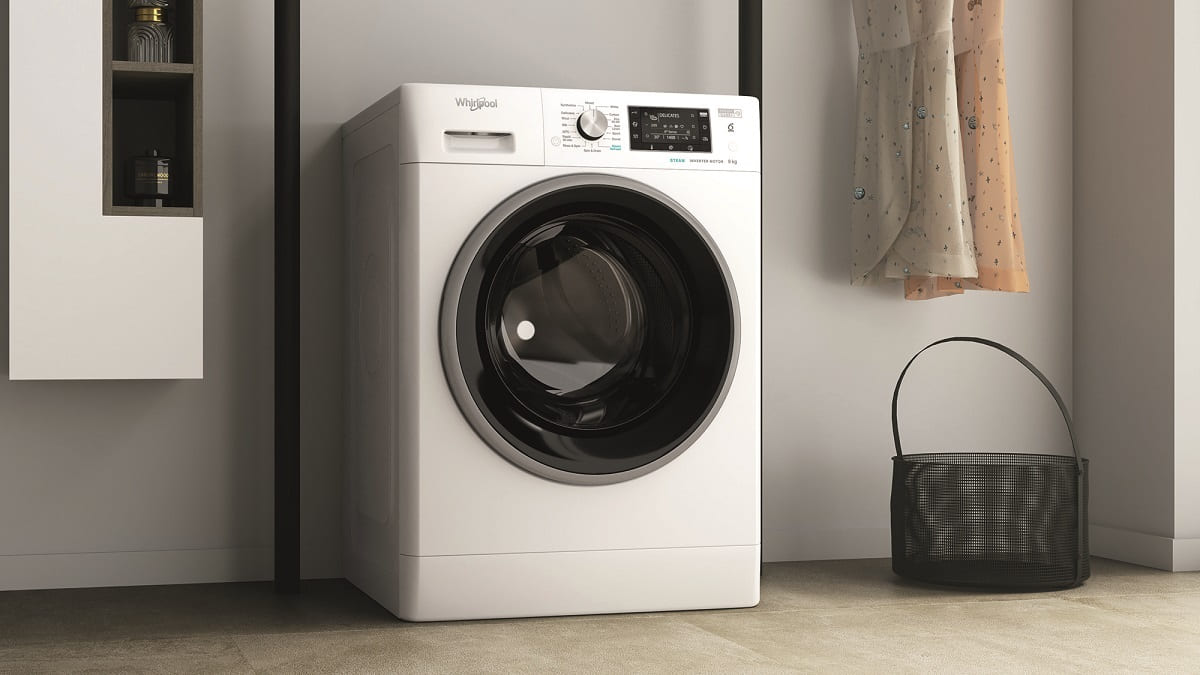

0 thoughts on “When Do You Add Fabric Softener To The Washer”